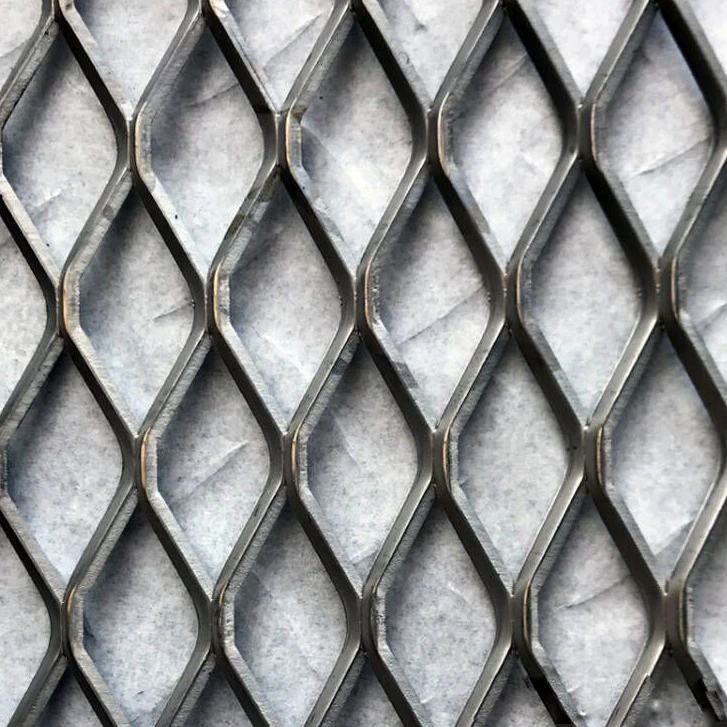Steel perforated metal is a versatile material that has been increasingly utilized across various industries due to its unique properties and benefits. Comprising sheets of steel that are punctuated with a series of holes, this material effectively combines strength with lightweight characteristics. Its design allows for enhanced airflow, drainage, and visibility while maintaining structural integrity, making it a popular choice in architectural designs, industrial applications, and decorative elements.
One of the primary advantages of steel perforated metal is its ability to provide aesthetic appeal without compromising functionality. In architecture and interior design, perforated metal panels can be used to create striking facades, sunshades, and screens. The visual patterns formed by the perforations can be customized, offering endless design possibilities that can match the style and branding of any project. Furthermore, these panels allow natural light to filter through while providing privacy and reducing glare, making them ideal for both residential and commercial buildings.
In industrial settings, steel perforated metal plays a crucial role in filtration and separation systems. The precise sizing of the holes can be tailored to meet specific filtration requirements, enabling the efficient processing of materials such as liquids and gases. This adaptability helps manufacturers optimize their production processes, leading to increased efficiency and reduced costs. Additionally, the material's durability makes it suitable for heavy-duty applications, such as in the automotive and aerospace industries, where strength and reliability are paramount.
steel perforated metal

Another application of steel perforated metal is in the realm of sound control
. By utilizing this material in sound barriers or as part of acoustic panels, businesses and architects can effectively minimize noise pollution in urban settings or industrial environments. The perforations can help absorb sound, creating a quieter and more pleasant atmosphere without the need for bulky, solid walls.Moreover, steel perforated metal is an environmentally friendly option. Many manufacturers produce these materials from recycled steel, contributing to sustainability efforts. Its longevity also means that it doesn’t need frequent replacement, further reducing waste. The material is easily recyclable at the end of its lifecycle, which aligns with the growing desire for eco-friendly building materials.
In conclusion, steel perforated metal stands out as a multifaceted material that bridges the gap between function and design. Whether used for architectural aesthetics, industrial applications, or sound control, its strength, adaptability, and sustainability make it a vital component in modern construction and manufacturing. As industries continue to evolve, the demand for innovative materials like steel perforated metal will undoubtedly increase.
-
Why Galvanized Trench Cover Steel Grating Resists Corrosion
NewsJul.10,2025
-
The Versatility and Strength of Stainless Expanded Metal Mesh
NewsJul.10,2025
-
Load Calculations in Steel Grating Platforms
NewsJul.10,2025
-
Keeping Pets and Kids Safe with Chicken Wire Deck Railing
NewsJul.10,2025
-
Hole Diameter and Pitch for Round Perforated Metal Sheets
NewsJul.10,2025
-
Aluminium Diamond Mesh in Modern Architecture
NewsJul.10,2025
Subscribe now!
Stay up to date with the latest on Fry Steeland industry news.

